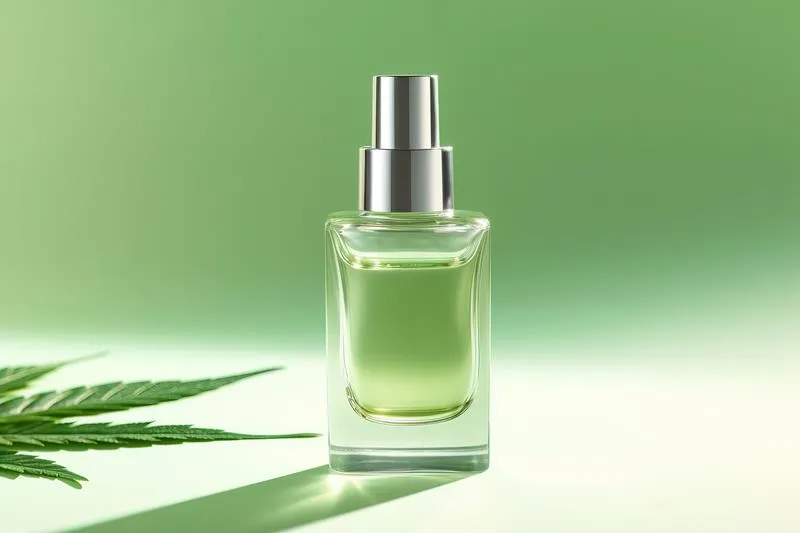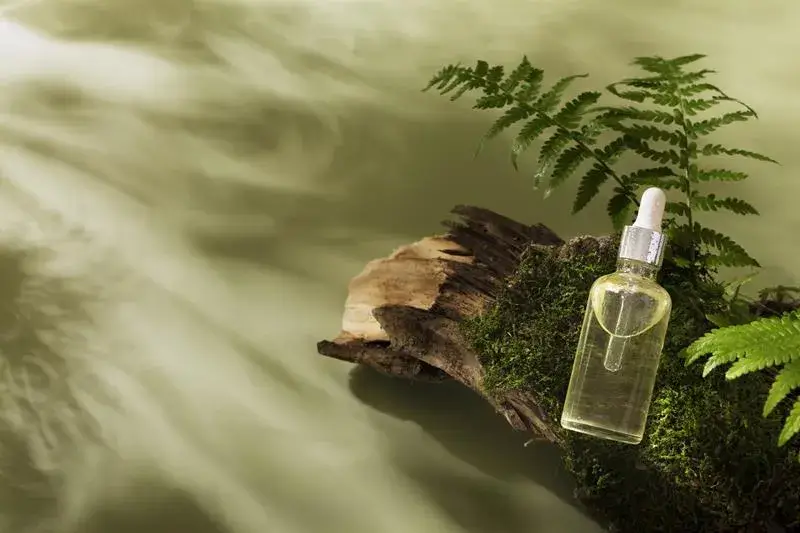What Are Vegan and Cruelty-Free Perfumes
Ingredients to Avoid in Cruelty-Free Fragrances
- the manufacturer does not test its products on animals at any stage of production;
- its suppliers do not test the raw materials used to make these cosmetics on animals;
- the brand does not test its products on animals on behalf of third parties;
- the brand does not test its products in countries where this is required by law.
A fragrance is not considered vegan if it contains any of the following ingredients: Ambergris, Civet, Castoreum, Casturi, Honey, Lanolin, or Musk. Sometimes, fragrances may contain milk or beeswax, so check the ingredients before purchasing.
What Are Cruelty-Free Perfumes Made Of?
To be confident in your choice, you need to understand what perfumes are cruelty free. Remember, that the cruelty-free label does not mean that the product is organic, does not contain synthetic substances, or is sold in zero-waste packaging. Also, do not confuse cruelty free natural perfume with vegan cosmetics: the former, unlike the latter, may contain components of animal origin (for example, beeswax).
- An oily substance secreted by the glands of beavers.
- The component contains sperm whale intestines.
- A product synthesized by the glands of male musk deer. Currently, a synthetic analog is most often used.

Environmental Impact
One can only guess how many animals participate in testing since many countries where such experiments are conducted do not keep records. However, the experiments still exist by commercial organizations, they may simply not share their reports. Animal testing is not about smearing cream on a rabbit’s paw. It is about much more cruel methods that often lead to the death of animals. Therefore, a responsible consumer has to find cruelty-free perfume brands and buy their cruelty free fragrances to protect the environment and animal population.
Top 7 Cruelty-Free Perfume Brands
Among the variety of scent selections, we have examined brands’ policies and ingredient lists, and chosen the best 7. Let’s immerse the best cruelty-free perfume brands offering sustainable aromatic bouquets that make you smell captivating and naturally ethical literally.
So here check the cruelty free fragrance brands according to descending price:
Price Range: $99 per 50 mL bottle.
Maison Louis Marie: phthalate-free and paraben-free, minimalistic packaging.
Price Range: $93 per 50 mL bottle.
NEST Fragrances: sophisticated scent bouquet that provides attractive packaging.
Price Range: $92 per 50 mL bottle.
Skylar: vegan and fully transparent about the ingredients list.
Price Range: $90 per 50 mL bottle.
Abbott NYC: a sustainable brand, donates a portion of every full-size bottle to ecologically supporting projects.
Price Range: $88 per 50 mL bottle.
Clean: vegan, fully-transparent ingredient list, in 2003 launched safe and eco-conscious products manufacturing.
Price Range: $75 per 50 mL bottle.
Pacifica: vegan, big variety of aromas, affordable cost.
Price Range: $27 per 59 mL bottle.
Essential Oils as Perfumes
A classic perfume is usually composed according to the principle of a triad: top notes, middle notes, and base notes. Citrus, floral, and light herbal essential oils are often used for top notes, spicy, earthy, or woody aromas – for the final (trail) note (musky or ambery).
Conclusions
Sustainable consumption is a global trend, and modern cosmetics are not about attractive jars and enchanting aromas, but about a minimum of plastic, vegan ingredients, and cruelty-free philosophy. By choosing cruelty free fragrances you contribute to ethical care for nature. By following these tips you will select the perfect cruelty-free perfume that suits you.
FAQ
How to identify the best cruelty-free perfume?
Is Chanel perfume cruelty-free?
Is Victoria's Secret perfume cruelty-free?
Is Replica perfume cruelty-free?
As Replica belongs to L’Oréal, the corporation still does business with animal testing manufacturing; it is not passionate about animal welfare brands.

Author

Anna Smirnova
Content writer on https://rythmoftheworld.com From my practicing in science, I brought the skills of discovering, analyzing, and explanation. I adore art, photography, traveling, hiking, and winter.



